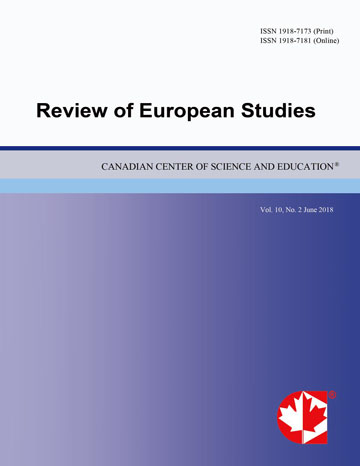Software Application Employed in Architectural Design Education: The Case of KNUST
- Edward Ayebeng Botchway
Abstract
Computer software has come to replace the manual form of designing in both architectural education and practice. The use of drawing boards had been employed in architectural education and practice for a long time. Since the first half of the twentieth century, computer hardware and corresponding software have seen dramatic change and development manufactured and tailored to meet the demand of changing technological and human needs. Architecture has had its fair share since the advent of computers and has seen major milestone changes in its integration into the profession. In the last century, architectural education in Ghana has also witnessed this revolution. From the year 2000 and thereon since Computer Aided Architectural Design (CAAD) was introduced in the Department of Architecture (DOA) in the Kwame Nkrumah University of Science and Technology (KNUST) there has been tremendous improvement in the CAAD tools used in architectural design education. There is therefore the need to evaluate the CAAD software used by the students and faculty. This paper looked at the existence and the mode in which CAAD software is applied in the department, the predominant software used by students and the mode of acquisition of the software. The findings proved that CAAD is taught as part of the curriculum in the DOA and has helped improve architectural design education over the years. However, the full potential and benefit of CAAD use has not been realized as a result of challenges faced by students and faculty in teaching, learning and acquisition of software.
- Full Text:
 PDF
PDF
- DOI:10.5539/res.v8n2p30
Index
- ACNP
- CNKI Scholar
- DTU Library
- Elektronische Zeitschriftenbibliothek (EZB)
- EuroPub Database
- Excellence in Research for Australia (ERA)
- Genamics JournalSeek
- Google Scholar
- Harvard Library
- HeinOnline
- Infotrieve
- JournalTOCs
- Mir@bel
- Open policy finder
- RePEc
- ResearchGate
- ROAD
- Scilit
- Technische Informationsbibliothek (TIB)
- The Keepers Registry
- Universe Digital Library
- WorldCat
Contact
- Paige DouEditorial Assistant
- res@ccsenet.org
